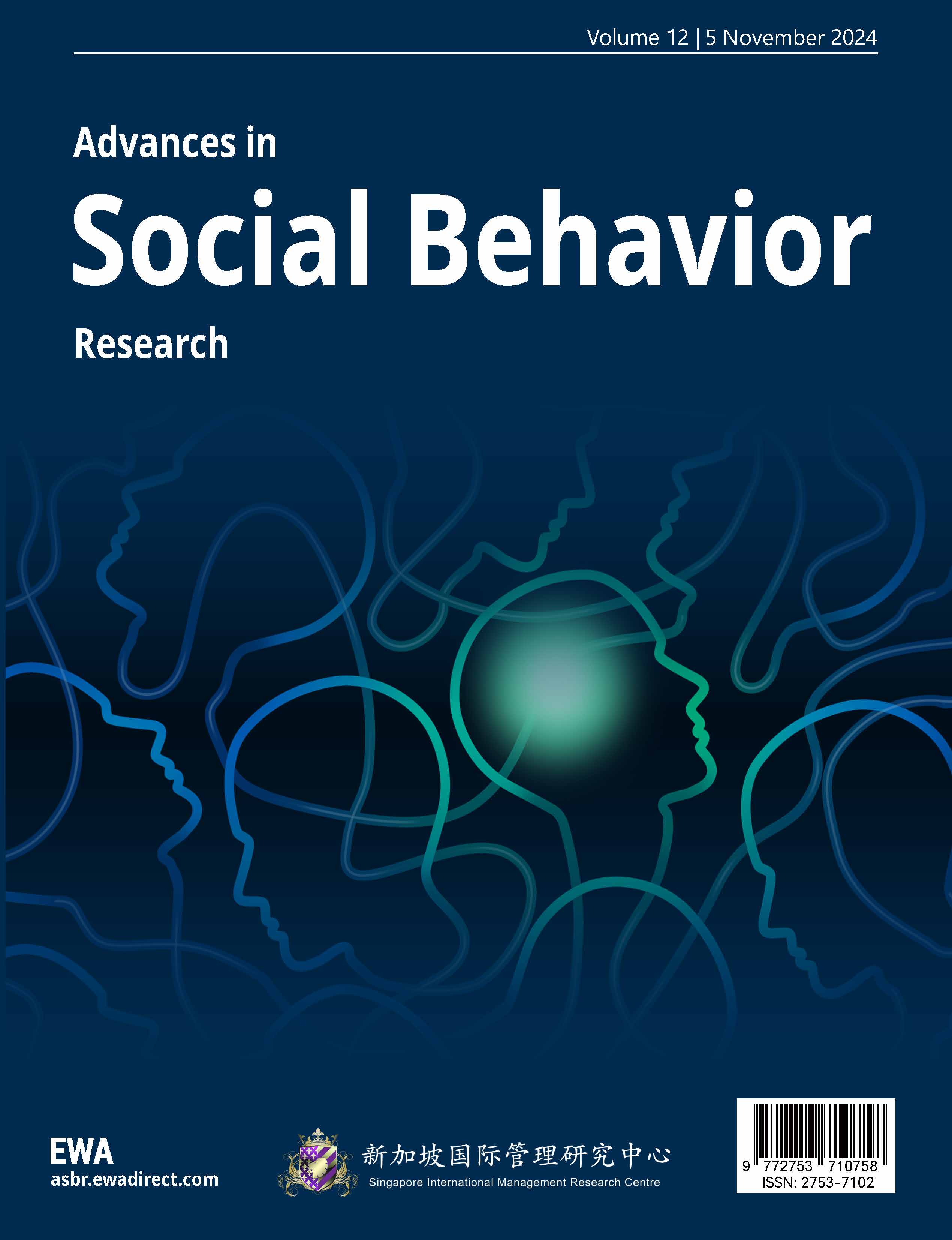References
[1]. Education Malaysia. (n.d.).(2025).Welcome to Education Malaysia. Retrieved August 28, 2025, from https: //educationmalaysia.gov.my/
[2]. China Publishing Group. (2025). 2025 international study abroad blue book. China Publishing Group. ISBN 9787521778830.
[3]. Medved, D., Franco, A., Gao, X., & Yang, F. (2013). Challenges in teaching international students: Group separation, language barriers and culture differences.
[4]. Hashim, A. (2020). Malaysian English.The Handbook of Asian Englishes, 373-397.
[5]. Woodrow, L. (2006). Anxiety and speaking English as a second language.RELC journal, 37(3), 308-328.
[6]. Krashen, S. D. (1981). Second language acquisition and second language learning.
[7]. Sweller, J. (1988). Cognitive load during problem solving: Effects on learning.Cognitive science, 12(2), 257-285.
[8]. Karlina, I., & Pancoro, N. H. (2018). Students' Writing Anxiety: How Does It Affect Students' Writing Performance in the EFL Context?. In5th Asia Pasific Education Conference (AECON 2018)(pp. 49-52). Atlantis Press.
[9]. Kara, S. (2013). Writing anxiety: A case study on students’ reasons for anxiety in writing classes.Anadolu Journal of Educational Sciences International, 3(1), 103-111.
[10]. Zhong, R., Wang, D., Cao, Y., & Liu, X. (2020). A Study on interpersonal relationship and psychological adaptation among the influencing factors of international students’ cross-cultural adaptation.Psychology, 11(11), 1757-1768.
[11]. Torres, V., Jones, S. R., & Renn, K. A. (2009). Identity development theories in student affairs: Origins, current status, and new approaches.Journal of college student development, 50(6), 577-596.
[12]. Wong, I. F. (1978). English as an international auxiliary language in Malaysia. InConference on English as an International Auxiliary Language, East-West Center, Honolulu.
[13]. Nurhamidah, N., Fauziati, E., & Supriyadi, S. (2018). Code-Switching in EFL Classroom: Is It Good or Bad?.Journal of English Education, 3(2), 78-88.
[14]. Pho, H., & Schartner, A. (2021). Social contact patterns of international students and their impact on academic adaptation.Journal of Multilingual and Multicultural Development, 42(6), 489-502.
[15]. Young, T. J., & Schartner, A. (2014). The effects of cross-cultural communication education on international students' adjustment and adaptation.Journal of multilingual and multicultural development, 35(6), 547-562.
[16]. Schwarzer, E., Turrini, F., Ulliers, D., Giribaldi, G., Ginsburg, H., & Arese, P. (1992). Impairment of macrophage functions after ingestion of Plasmodium falciparum-infected erythrocytes or isolated malarial pigment.The Journal of experimental medicine, 176(4), 1033-1041.
[17]. Lin, S. P., & Betz, N. E. (2009). Factors related to the social self-efficacy of Chinese international students.The Counseling Psychologist, 37(3), 451-471.
[18]. Goldberg, L. R. (1990). An Alternative" Description of Personality": The Big-Five Factor Structure.Journal of Personality, 59(6), 1216-1229.
[19]. Huang, Z., Huang, A., & Yin, Z. (2025). Adaptive Journeys: Accelerating Cross-Cultural Adaptation Through Study Tours.Behavioral Sciences, 15(7), 973.
[20]. Zheng, S., & Ishii, K. (2023). Cross-cultural adaptation of Chinese international students: Effects of distant and close support-seeking.Frontiers in Psychology, 14, 1133487.



